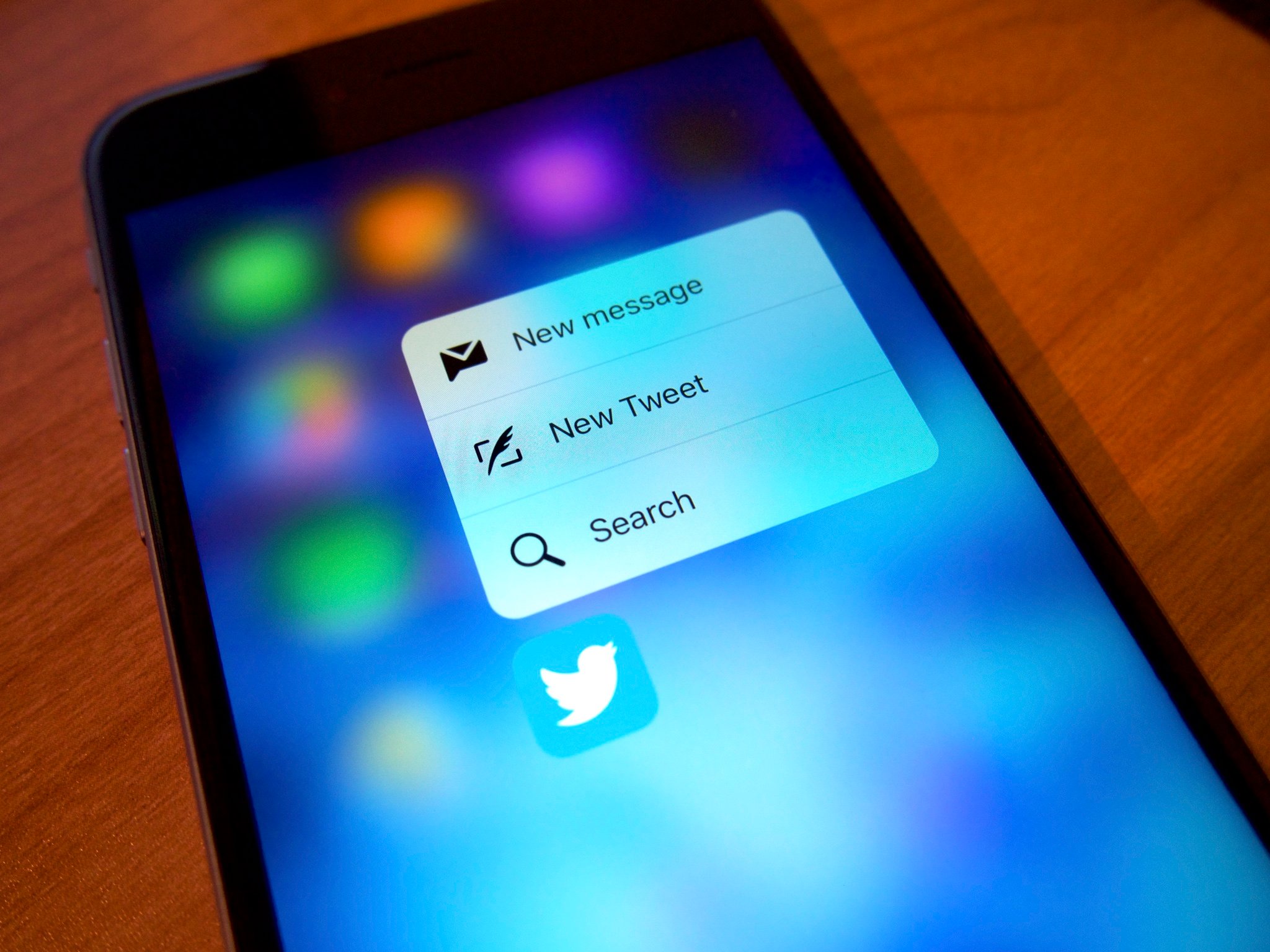Twitter just got a whole lot more accessible thanks to ALT badging, more

What you need to know
- Twitter is rolling ALT text badging to everyone, globally.
- ALT text makes it easier for screen readers to understand what an image shows.
Twitter has made changes to make itself more accessible to those who are blind or have problems with their vision. The change means that images will now have an ALT badge when they have descriptive text attached, making it easier to discern which of them have been made more accessible. ALT text is important for screen readers, for example, so they can read the description of the image when people might not be able to see it.
While Twitter has been testing the change with a small percentage of users of late, the social network says that it is now being rolled out to everyone globally, giving more people than ever a better understanding of which images have ALT text. Twitter has also added exposed image descriptions, too.
Describing what's in your images benefits people who are blind, have low vision, use assistive technology, live in low-bandwidth areas, or want more context. Without descriptions, your readers won't know what your images contain, or why they're important. This missing information prevents people from engaging with your Tweet.
As promised, the ALT badge and exposed image descriptions go global today.
Over the past month, we fixed bugs and gathered feedback from the limited release group. We're ready. You're ready. Let's describe our images! Here's how: https://t.co/bkJmhRpZPg https://t.co/ep1ireBJGtAs promised, the ALT badge and exposed image descriptions go global today.
Over the past month, we fixed bugs and gathered feedback from the limited release group. We're ready. You're ready. Let's describe our images! Here's how: https://t.co/bkJmhRpZPg https://t.co/ep1ireBJGt— Twitter Accessibility (@TwitterA11y) April 7, 2022April 7, 2022
Twitter has also shared a new Help Center article that gives people more information on how to add ALT text to their images when using its service and apps.
The improvement is very much a welcome one and while even Twitter would likely admit that it isn't as accessible as it would like to be, this change is undoubtedly a move in the right direction.
iMore offers spot-on advice and guidance from our team of experts, with decades of Apple device experience to lean on. Learn more with iMore!

Oliver Haslam has written about Apple and the wider technology business for more than a decade with bylines on How-To Geek, PC Mag, iDownloadBlog, and many more. He has also been published in print for Macworld, including cover stories. At iMore, Oliver is involved in daily news coverage and, not being short of opinions, has been known to 'explain' those thoughts in more detail, too.
Having grown up using PCs and spending far too much money on graphics card and flashy RAM, Oliver switched to the Mac with a G5 iMac and hasn't looked back. Since then he's seen the growth of the smartphone world, backed by iPhone, and new product categories come and go. Current expertise includes iOS, macOS, streaming services, and pretty much anything that has a battery or plugs into a wall. Oliver also covers mobile gaming for iMore, with Apple Arcade a particular focus. He's been gaming since the Atari 2600 days and still struggles to comprehend the fact he can play console quality titles on his pocket computer.
